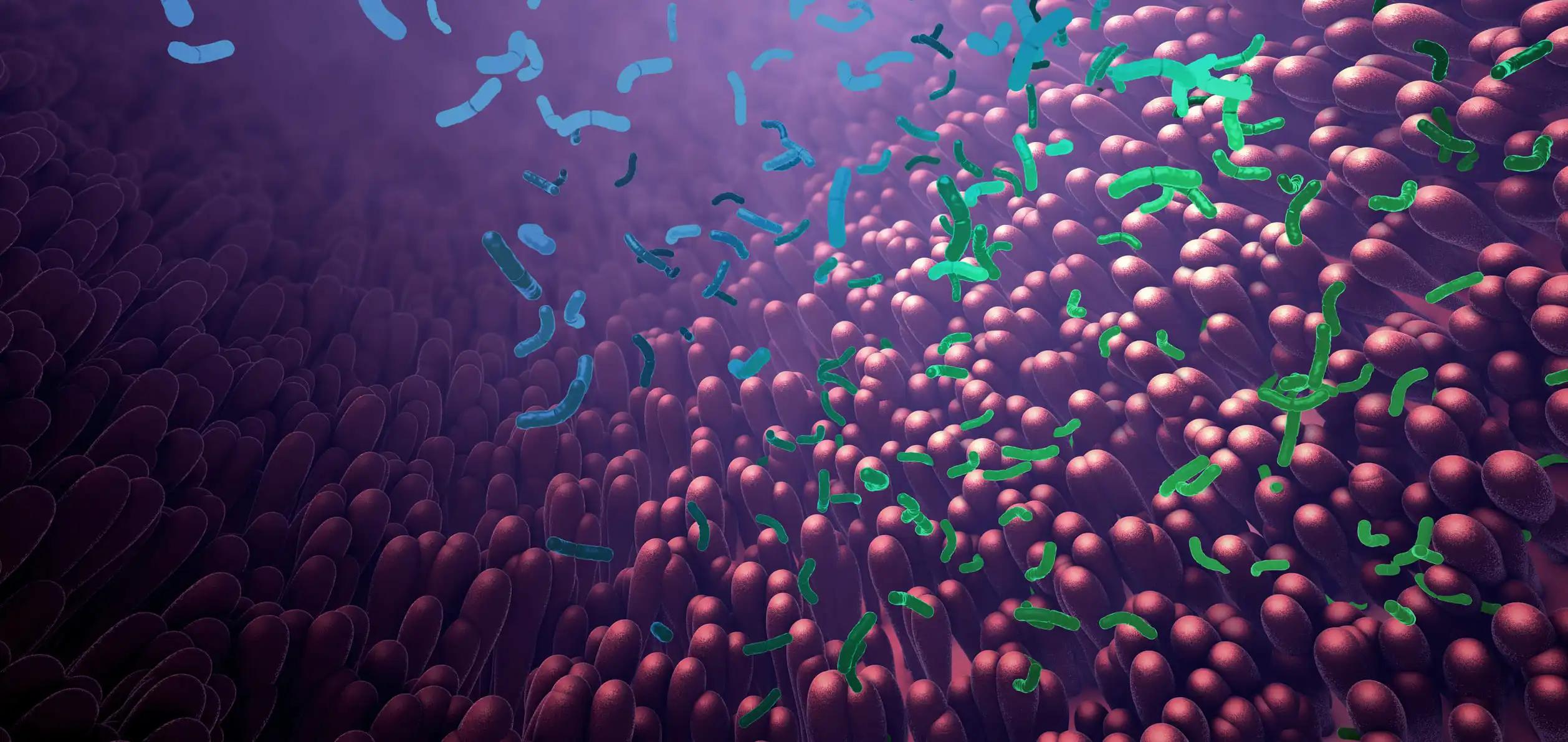KEY TAKEAWAYS
- The phase 3 GLOW study assessed the efficacity of Ibr+Ven versus Clb+O remedy in senior and comorbid cases with preliminarily untreated CLL.
- Results revealed that PFS was significantly bettered in the Ibr Ven arm.
- MRD responses were more profound and more sustained in the Ibr+Ven arm, with 77.6 cases demonstrating undetectable MRD up to 18 months.
- Suddenly, MRD responses were advanced and achieved in cases with unmutated IGHV CLL entering Ibr Ven compared to those with shifted IGHV CLL.
- Despite sensible MRD at three months post-treatment, many clinical progressions were observed in the Ibr Ven arm over the first 18 months of follow-up.
In the GLOW study (NCT03462719), patients with older comorbidities who had never been treated for chronic lymphocytic leukemia (CLL) benefited more from fixed-duration Ibr+Ven than from Clb+O in terms of progression-free survival (PFS) depth of response, and duration of undetectable minimal residual disease (uMRD) responses, as well as the number of patients who needed additional anti-cancer treatment. CLL’s chemoimmunotherapy and venetoclax plus anti-CD20 treatments are associated with poorer results if Unmutated IGHV (uIGHV) and TP53 mutations are present. Here, researchers examine the MRD kinetics and effects of Ibr+Ven in GLOW based on these danger indicators.
Patients (Pts) were enrolled and randomly assigned (1:1) to receive either Ibr+Ven (3 cycles of Ibr lead-in, followed by 12 cycles of Ibr+Ven or more than 6 cycles of Clb+O, with a cycle defined as 28 days, if they were younger than 65 years old or had a cumulative illness rating scale score of > 6 or creatinine clearance 70 mL/min. Patients (Pts) having del (17p) or known TP53 mutations at screening were not included, and TP53 mutational status was evaluated centrally throughout the trial. According to an external review board, PFS was the primary outcome. On-treatment and at 3- to 6-month intervals after therapy, patients who achieved a partial response or better had their minimal residual disease (MRD) in peripheral blood assessed using next-generation sequencing with clonoSEQ. Unless otherwise specified, peripheral blood (PB) uMRD findings are reported at 10-4. Reclassifying the IGHV status of baseline samples post hoc retrospectively was done after the original analysis to help narrow down the number of unanswered questions. Data from clonoSEQ was used in the clonal analysis for CLL (Adaptive Biotechnologies, Seattle, WA).
A total of 106 pts were assigned to receive Ibr+Ven, while 105 were given Clb+O. Most disease clearance in the PB occurred early, during the first 6 months of combination treatment, as seen by an increase in uMRD rates in the Ibr+Ven arm from 46.2% after 6 cycles of the combination to 54.7% at 3 months after the end of treatment (EOT+3). As of 18 days after therapy (EOT+18), 77.6% (45/58) of patients in the Ibr+Ven arm maintained uMRD status, while only 12.2% (5/41) of patients in the Clb+O arm did so. Among the 24 patients with moderate MRD ≥ 10-4 to <10-2 at EOT+3, 17 remained stable until EOT+18 in the Ibr+Ven group. Among pts with detectable MRD ≥ 10-4 at EOT+3, 6.5% (2/31) clinically progressed by EOT+18 in the Ibr+Ven arm vs. 68.1% (32/47) in the Clb+O arm.
Reclassifying baseline samples revealed that 63.2% of the Ibr+Ven group, 30.2% of the Clb+O group, and 6.6% of the Clb+O group were uIGHV, mIGHV, or of uncertain status, respectively. Patients with uIGHV had a 52.2% and 59.7% uMRD rate in the Ibr+Ven arm after 6 cycles of combination treatment, and those with mIGHV had a 31.3% and 40.6% uMRD rate at EOT+3. Patients with uIGHV in the Ibr+Ven arm acquired uMRD faster and earlier during treatment.
About 80% (32/40) of patients with uIGHV and 79% (10/13) of patients with mIGHV in the Ibr+Ven arm maintained uMRD post-treatment. By EOT+18, 2/16 patients with uIGHV and 0/14 patients with mIGHV in the Ibr+Ven arm had clinical progression, while the equivalent rates in the Clb+O arm were 83.3% (25/30) and 42.9% (6/14). At EOT+3, 5 of 7 patients with TP53-mutated CLL in the Ibr+Ven arm reached uMRD, and all 5 patients with TP53 variant allele frequencies ranging from 5.9% to 29.6% remained in uMRD through EOT+18.
PFS rates after IGHV reclassification were well-sustained post-treatment in the Ibr+Ven arm, regardless of IGHV status, with a median trial follow-up of 34.1 months, but uIGHV pts in the Clb+O arm relapsed more swiftly.
Longer follow-up data will offer subgroup analysis of PFS, OS, and overall survival. For the first 18 months after therapy, uMRD responses produced with all-oral, once-daily, fixed-duration Ibr+Ven were more durable than those achieved with Clb+O. Patients with uIGHV CLL had greater uMRD rates and quicker uMRD achievement with Ibr+Ven compared to mIGHV CLL, but uMRD was comparably sustained post-treatment independent of IGHV status. Even among patients with detectable MRD ≥ 10-4, clinical progressions in the first 18 months after treatment with Ibr+Ven were infrequent. Aging patients with high-risk genetic characteristics show substantial efficacy of the fixed-duration Ibr+Ven combination based on MRD kinetics and sustained responses.
Source: https://ash.confex.com/ash/2022/webprogram/Paper156070.html
Clinical Trial: https://clinicaltrials.gov/ct2/show/NCT03462719
Niemann, C., Munir T, Moreno C, Owen C, Follows G, Benjamini O, Janssens A, Levin M-D, Österborg A, Robak T, Šimkovič M, Voloshin S, Vorobyev V, Yagci M, Ysebaert L, Qi K, Qi Q, Parisi L, Srinivasan S, Schuier N, Baeten K, Howes A, Caces D, and Kater A (2022). Residual Disease Kinetics Among Patients with High-Risk Factors Treated with First-Line Fixed-Duration Ibrutinib Plus Venetoclax (Ibr+Ven) Versus Chlorambucil Plus Obinutuzumab (Clb+O): The Glow Study. [online] ash.confex.com. Available at: https://ash.confex.com/ash/2022/webprogram/Paper156070.html [Accessed 20 Feb. 2023].



